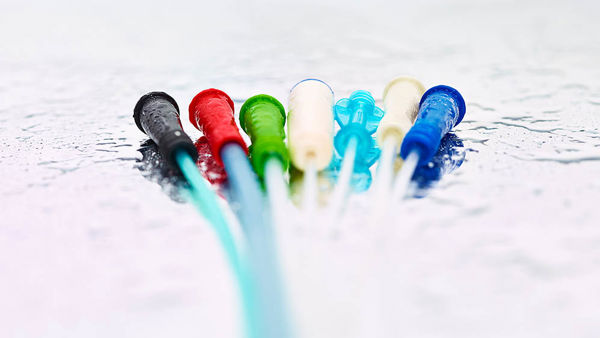Course Theme: Bladder Toutes les sondes ne sont pas identiques
Le SI requiert un haut niveau d'engagement de la part du patient, et certaines personnes peuvent stopper la thérapie, en particulier en cas de stress ou d'autre trouble à gérer. Les patients ont besoin d'être très motivés et il faut une dextérité appropriée. Les sondes disposant d'une surface avec une osmolalité équilibrée avec celle de l'urine sont clés pour réduire les frictions lors de l'insertion et du retrait. Depuis près de 40 ans sur le marché, LoFric a démontré son efficacité pour vider la vessie et diminuer les complications, telles que l'hématurie et les IU, sur le long terme.






